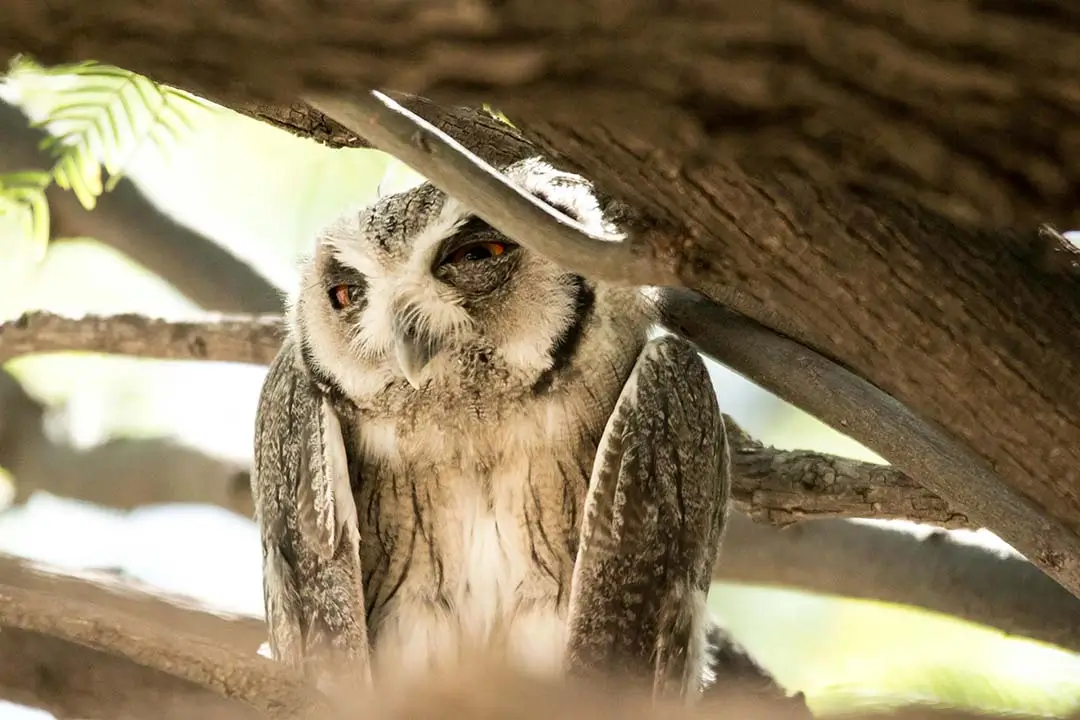
BIRDING IN
Kidepo Valley National Park

BIRDING IN
Kidepo Valley National Park

BIRDING IN
Kidepo Valley National Park

BIRDING IN
Kidepo Valley National Park
Kidepo Valley National Park is found in Northeast Uganda bordering Kenya and Sudan covering 1442 square kilometres. Kidepo Valley National Park is referred to as Uganda's most remote national park. It has magnificent scenery featuring Savannah and mountain landscape and it lies in a rugged, semi-arid valley of Karamoja region. For any birder Kidepo Valley National Park has over 475 species including East Africa's rarest and most sought after birds such as Black-breasted Barbet and Karamoja Apallis.
The Apoka Rest Camp and Park Headquarters overlooking the swallow, southern Narus Valley is a grand spot to start your Kidepo birding. A small permanent water hole at the edge of camp attracts swallows and a variety of seedeaters including Yellow-rumped Seedeater and is visited at night by Four-banded Sandgrouse, Elephant, Buffalo and occasionally Lion. Clapperton's Francolin, Black Coucal, African Moustached and Broad-tailed Warblers, Marsh Tchagra and Crimson-rumped Waxbill may be seen in the rank grass along the normally dry stream bed adjacent to camp or along the track to Apoka lodge.
Ostrich, Eastern Pale Chanting Goshawk, Stone Partridge, Kori, Yellow-necked Spurfowl, Bruce's Green Pigeon, African Swallow-tailed Kite, White-bellied and Hartlaub's Bustards, Rose-ringed Parakeet, White-bellied Go-away bird Four-banded Sand Grouse, Long-tailed and Standard-winged Nightjars, Eastern Yellow and Jackson's Hornbills, Pygmy Fox Kestrel, Falcon, Abyssinian and Rufous-crowned Rollers, Abyssinian Ground, White-crested Turaco, Clapperton's and Heuglin's Francolins, Violet-tipped Courser, Black-headed Plover, Singing Bush Lark, White-faced Scoops Owl, Little Green Bee-eater, Pied, Isabelline and Heuglin's Wheaters, African Grey Flycatcher, Red-fronted and Black-breasted Barbets, White-bellied Tit, Northern White-crowned and Yellow-billed Shrikes, Mouse-coloured Penduline Tit, Slate-coloured Boubou, Fan-tailed Raven, Superb Starling, Pygmy and Beautiful Sunbirds, Rufous and Chestnut Sparrow, Brown-backed Woodpecker, Red-winged Lark, Foxy and Red pate Cisticolas, Green-winged Orange-winged and Red-winged Pytilias, White-browed and Chestnut- crowned Sparrow Weavers, Grey-capped Social and Speckle-fronted Weavers, White-headed and White-billed Buffalo Weavers, Ethiopian Swallow, Karamoja Apalis, Brown-rumped Bunting, Steel-blue and Strawtailed Whydahs, Red billed Oxpecker, Black-bellied and Black-faded Waxbill, Eastern Violet backed and Yellow-spotted Petronia.
Our Experts are ready to provide answers
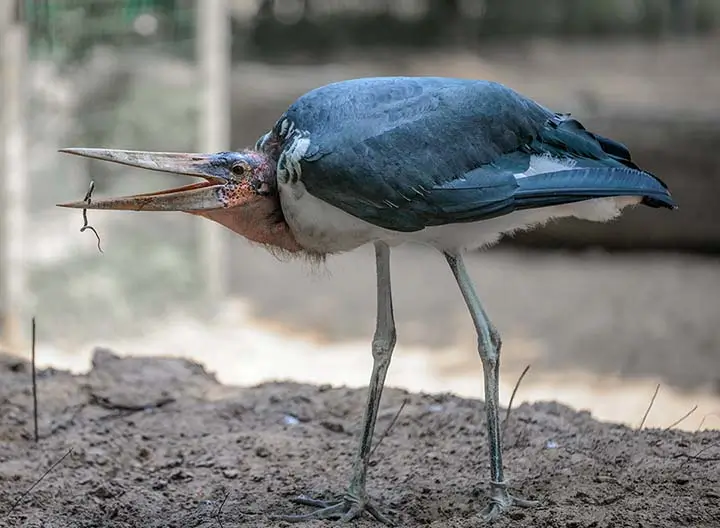
Ajai Wildlife reserve has several bird species and they include Shoebill, the Black-rumped Waxbill, Grey Crowned cranes, Marabou stocks, African fish eagles, Heuglin's Masked Weaver, Chestnut-crowned Sparrow-weaver.
Read More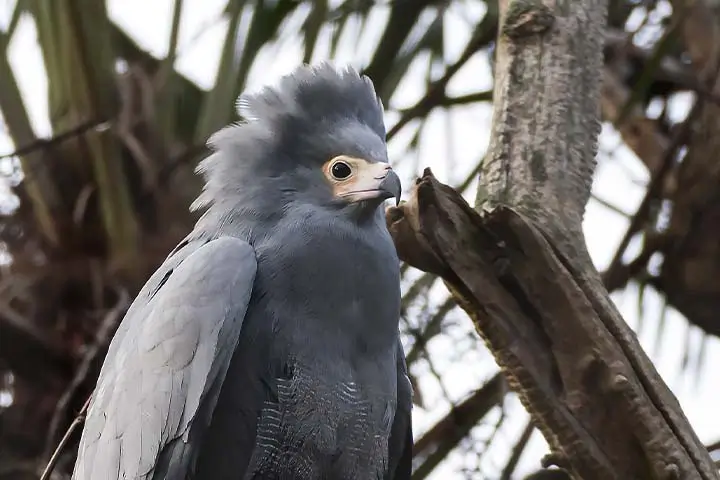
Bwindi is the Bird watchers haven as experienced bird watchers can identify up to 100 species in a day in Ruhija and Buhoma.
Read More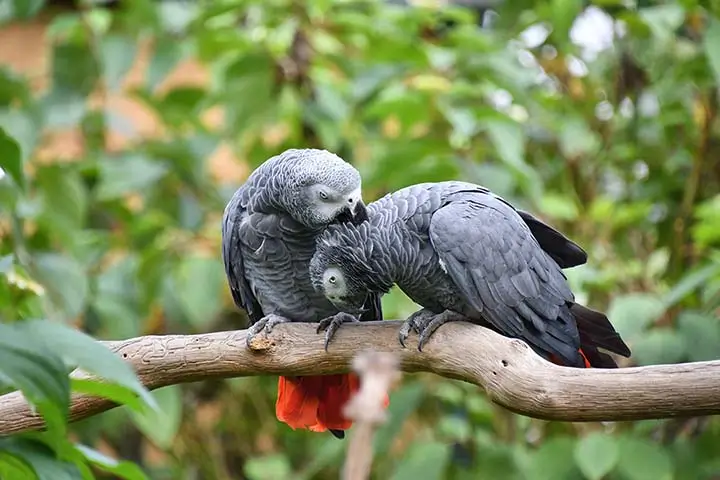
Kibale National Park has so many developed hiking/walking trails with the best birding spot being Bigodi wetland sanctuary where birders take visitors for a 4-hour walking trail.
Read More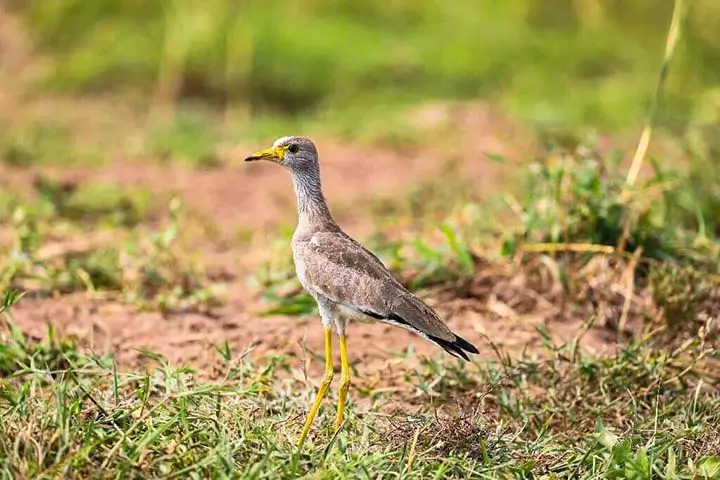
The best birding spots in the park include the swampy valleys of Warukiri and Miriti, and the roadsides between Rwonyo camp and the jetty. There are viewing platforms at the salt lick, in Miriti Valley, and in Rubanga Forest.
Read More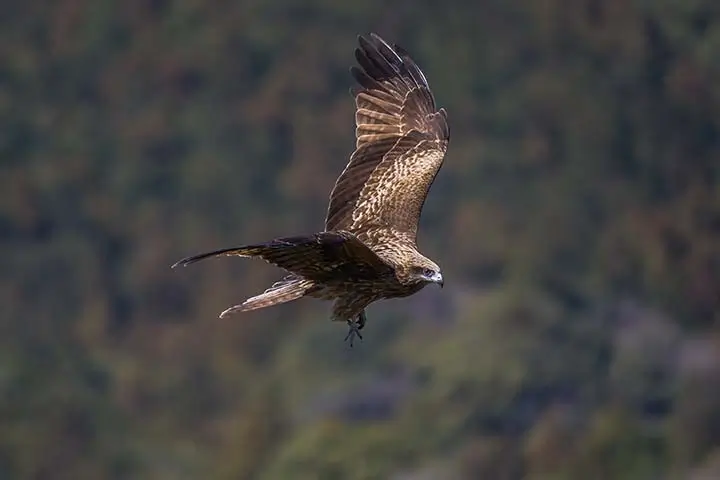
The Park is set apart with a unique bird fauna 79 bird species have been recorded within the park, including several species prevalent to the East Congo Montane region.
Read More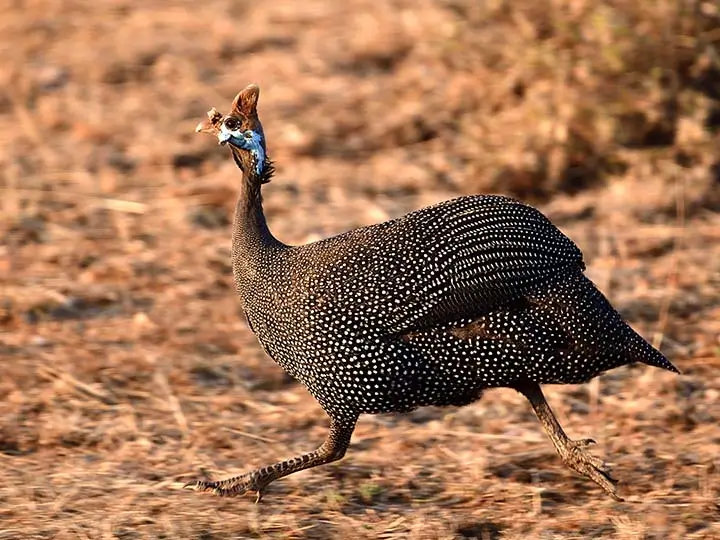
Excellent birding opportunities exist around Kapkwai Forest Exploration Centre, in particular in the secondary forest and thick shrub along the loop trails extended to cover Cheptui Falls.
Read More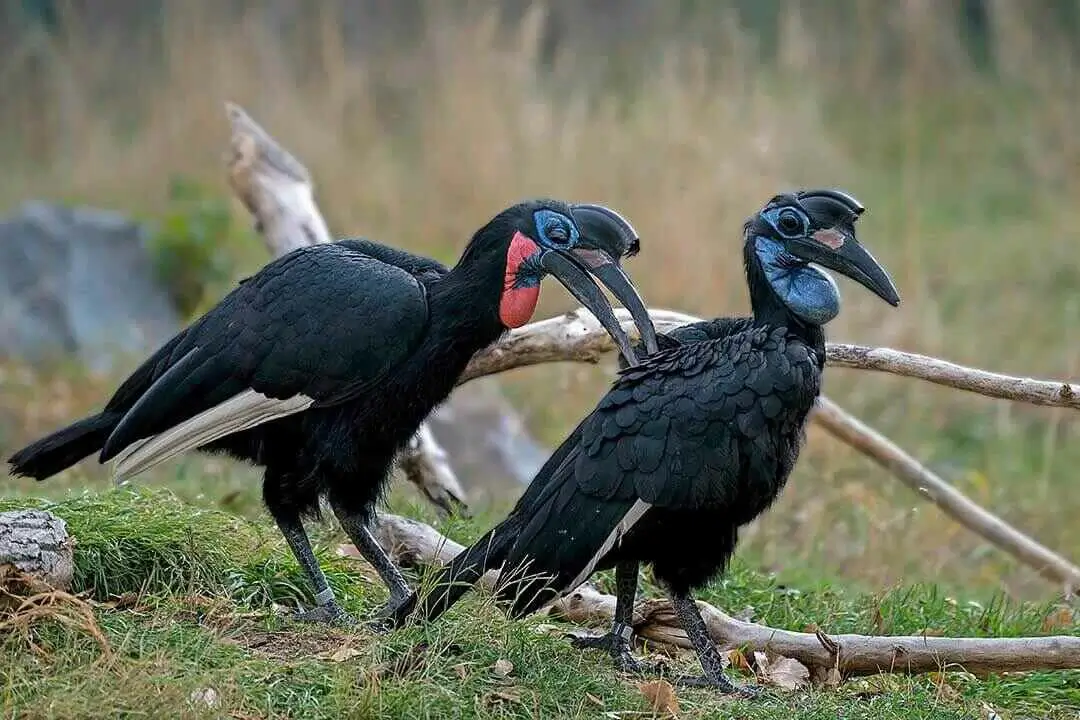
Over 500 bird species are known from the site. Falco naumanni is a passage migrant and Circus macrourus occurs on passage and in winter. Acacia woodland holds the largest known population of Agapornisfischeri, Parusfringillinus is resident and there have been recent records of Apaliskaramojae from Acacia drepanolobium woodland in the south-west of the site.
Read More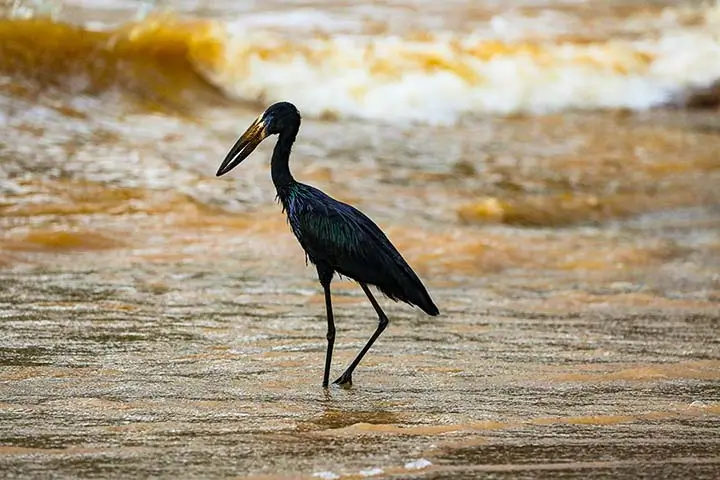
It has 611 recorded bird species in the Kazinga channel sanctuary which covers an area approximately 207kilometers.
Read More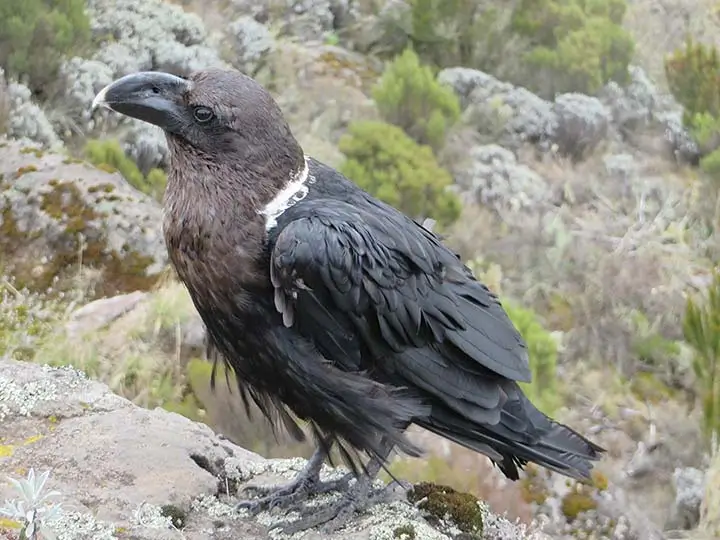
The park is one of the world's Endemic Bird Areas (EBA). There are up to 241 species of birds which is about 27% of Uganda's total. Close to 177 bird species live in the Afromontane forest and 19 species are endemic to the Albertine rift.
Read More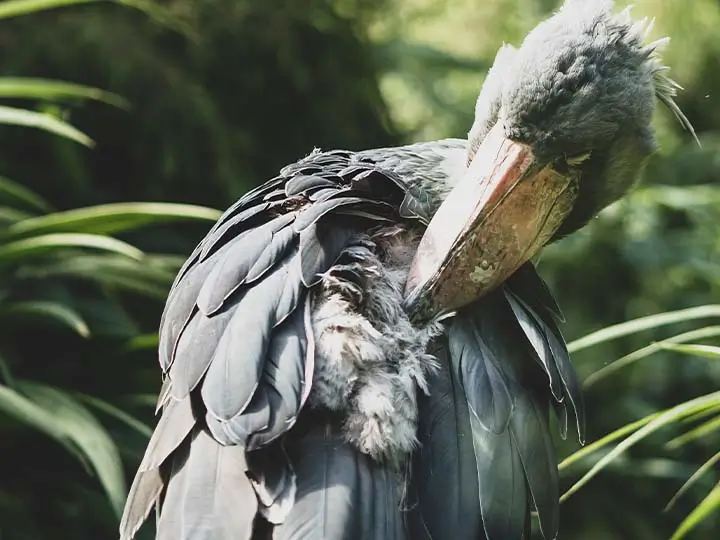
Birders who make it to Semuliki are always rewarded with some of Africa's best forest birding. Sempaya and Ntandi provide excellent viewing of the birds.
Read More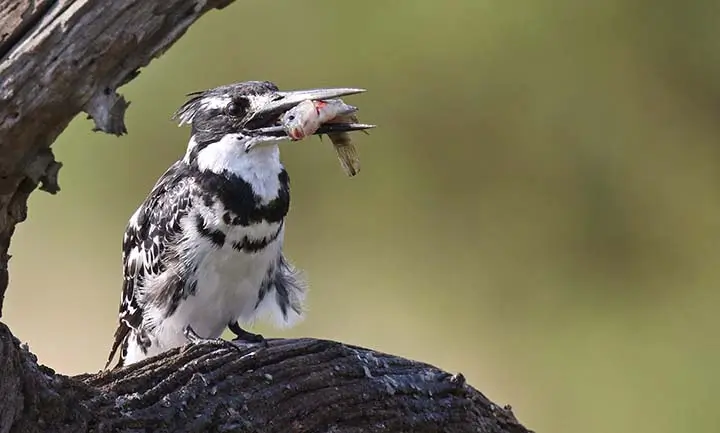
As compared to many other birding destinations within the country, This area of the lake has got over 200 bird species and some of these include;
Read More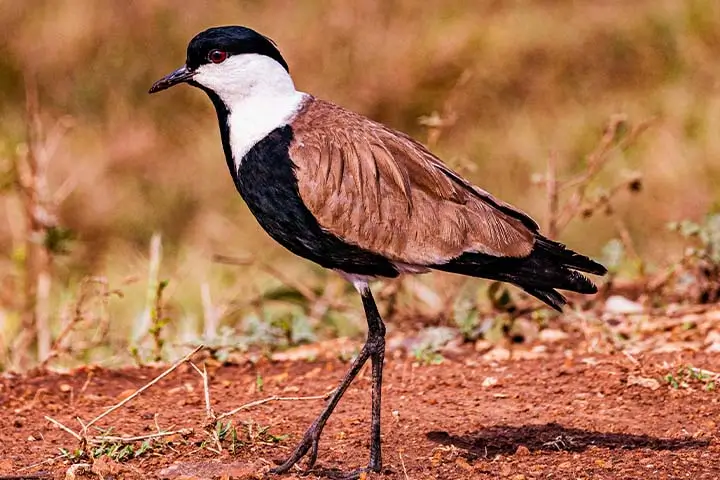
As compared to many other birding destinations within the Birding here is done near new Lutembe beach located on Entebbe road at Namulanda. The bay area has trees, marshlands, and shrubs. Early in the morning is the best time to get to Lutembe as there is a lot of bird activity.
Read More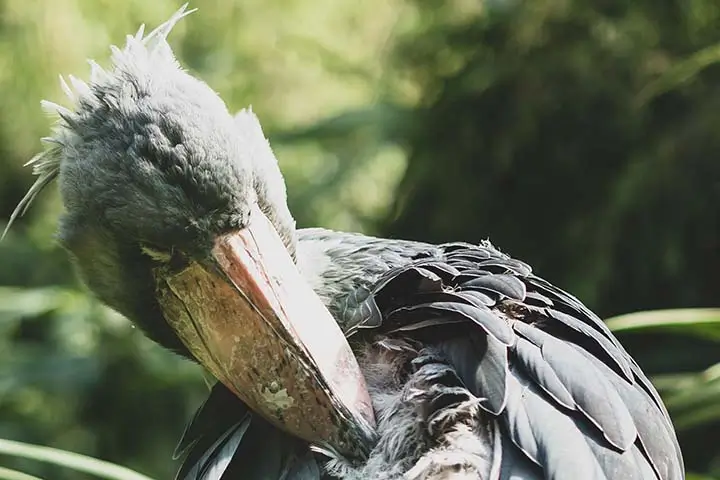
Located on the edge of Lake Victoria, Mabamba Bay Wetland is one of few places where the rare Shoebill Stork can be found. Mabamba Swamp is the most accessible and reliable with the best chances of seeing the Shoebill in Uganda.
Read More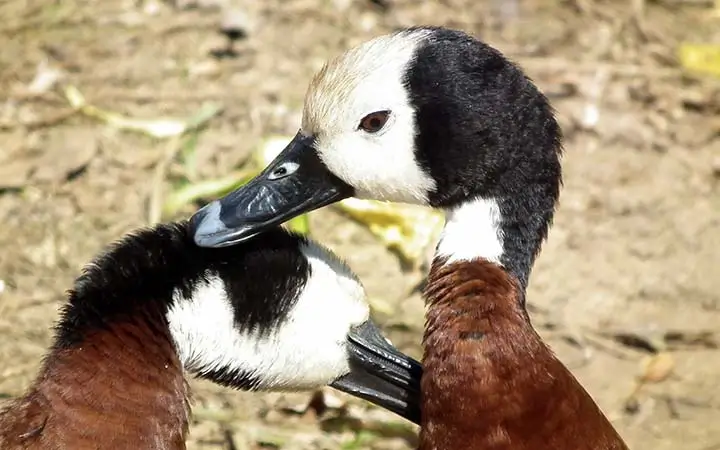
The Uganda Wild Life Authority has registered a reduction in bird species in Pian Upe, and Matheniko, Bokora game reserves due to the persistent drought that has dried up all water sources in the reserve.
Read More